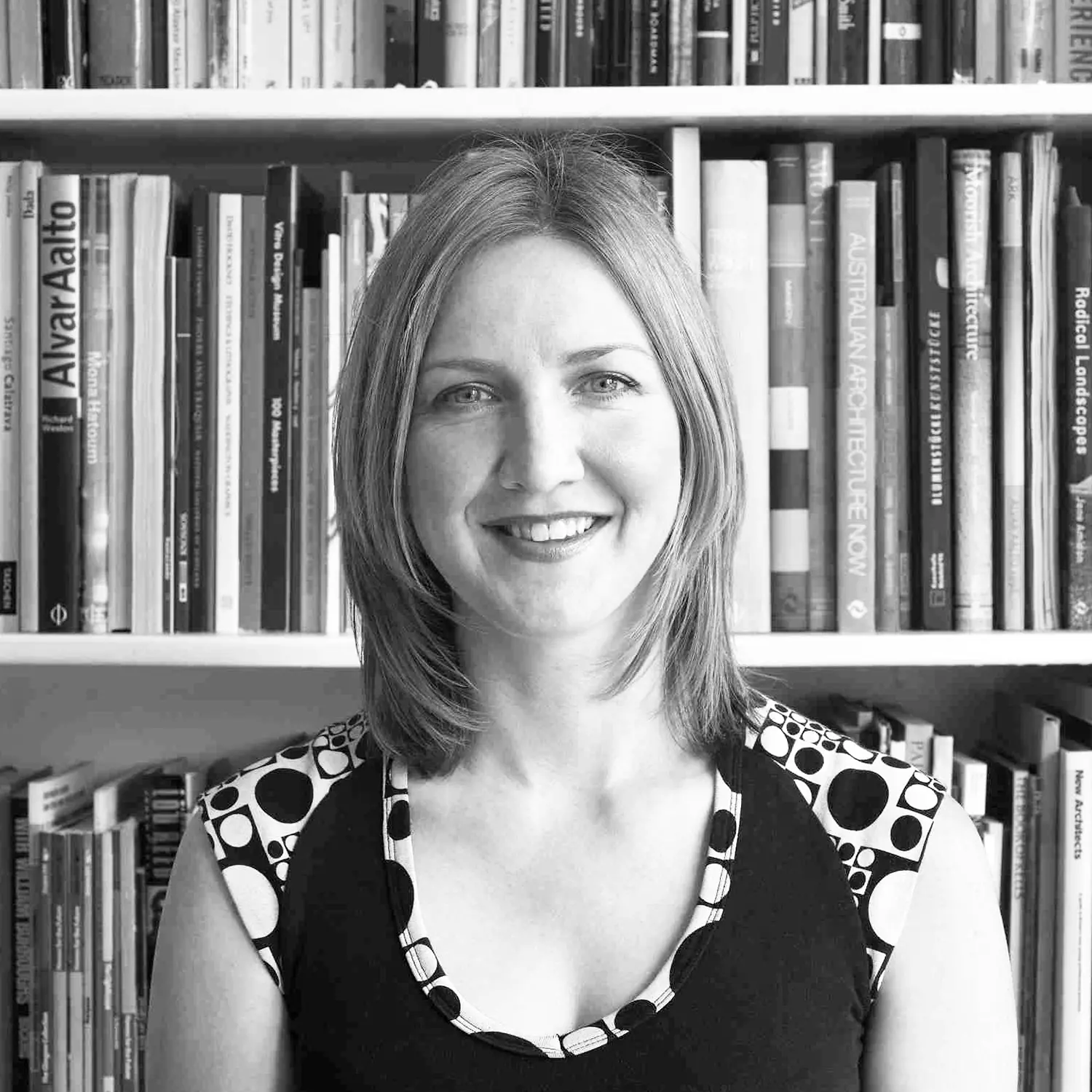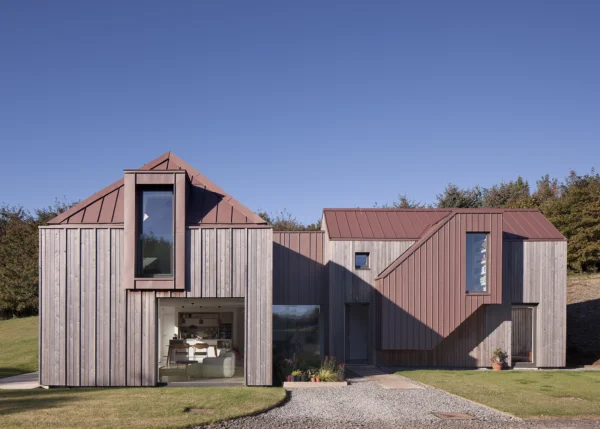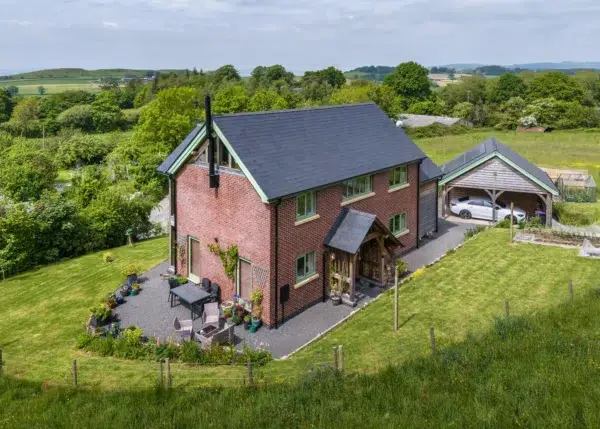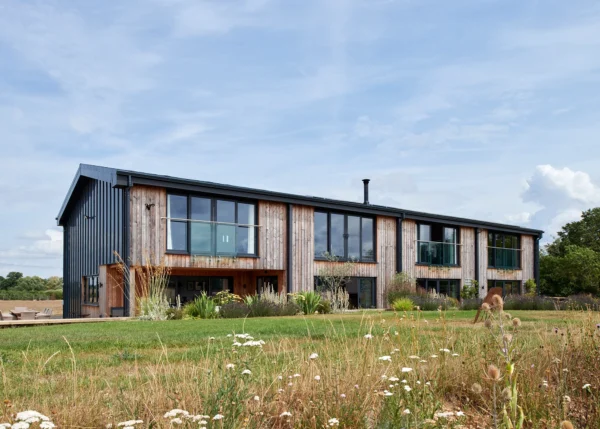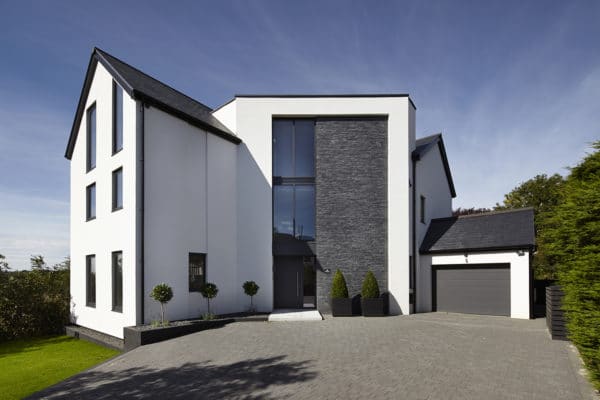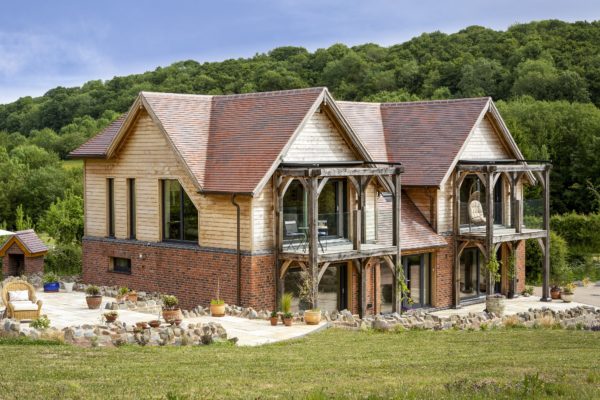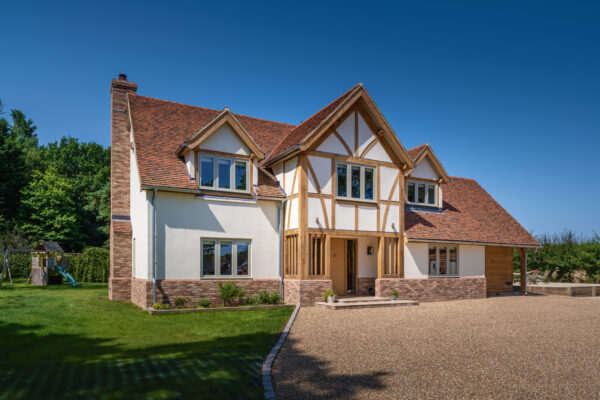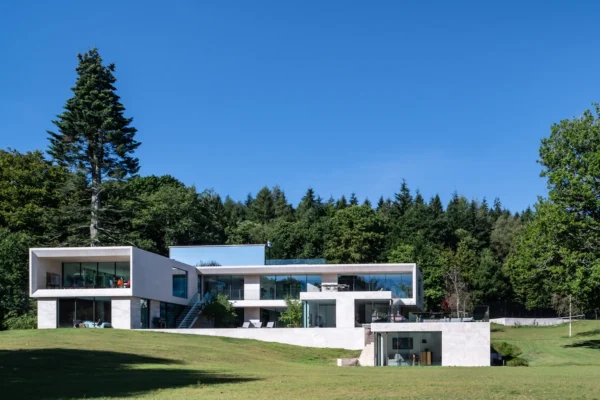Energy-Efficient Cantilevered SIPs Home in Stirlingshire
The story of Alastair and Nicola Pickard’s new family home in rural Stirlingshire is one that began with lofty aspirations combined with a modest budget. The resulting property, called The Watershed, is not only unique and contemporary, but its value almost doubled as soon as it had been completed.
In terms of inspiration, the Pickards looked to one of the most famous houses in the world as a starting point for their new home. The couple met with Graeme Andrew of Glasgow-based ATA Studio, and during their initial meeting they discussed Fallingwater, the Pennsylvania house designed by Frank Lloyd Wright in the 1930s, which juts out over a waterfall. “This helped us to illustrate the relationship between the house and the waterfall, over which it cantilevers,” explains Graeme. “Although we did make it very clear that the budget would not meet Fallingwater’s, we wanted to show how we could make the site intrinsic to the design.”
The Pickards’ plot had been in Alastair’s family for some years and was essentially a charming chunk of sheep-grazing land with a little waterfall running through it. Pondering such an unusual site led the architect to work up six different designs addressing the dynamics of the landscape in various ways. However, it was the most ambitious idea – a cantilevered Fallingwater-inspired dwelling – that finally prevailed.

The house is a barn-style building, with differing roof pitches on either side. It was constructed from SIPs panels and clad in silvery-grey cedar
“I was very excited by the overhang idea,” says Alastair. “The thought of sitting in the living area looking out across the waterfall really appealed. It was an exciting opportunity to make the most of the site. I have a civil engineering degree so constructing such a bold design really appealed to me.”
From Plans to Plot
Outline planning permission for a new house in a courtyard formation had already been granted on the site in 2008. ATA Studio’s detailed proposal, although it follows from this outline consent, takes the form of a more site-specific design. Essentially The Watershed is a single detached home that adopts a linear barn style, perpendicular to the cliff edge with an even cantilever.
- NameAlastair & Nicola Pickard
- LocationStirlingshire
- ProjectSelf build
- StyleContemporary
- Construction methodStructural insulated panels
- House size190m²
- Land costAlready owned
- Build cost£270,773
- Build cost per m²£1,424
- Construction time9 months
It also relates to the geometry of the adjacent historic mill – the oldest and most significant building in the area. The floor plan is split over three levels to allow the building to nestle into the site, and culminates in a living space in the cantilever, overlooking the waterfall. A simple pitched roof profile follows the slope of the site and continues through to the garage.

The Pickards spent a month staining the cedar boards – some 2.5km in total
A few pre-planning adjustments were made to the design, including a ‘pop-out’ bedroom – now daughter Isla’s room – that emerges quirkily from the upper level. “This came out of our keenness to have four bedrooms,” says Alastair. “If we had made the house bigger it would have dramatically increased the cost. So this was a little solution that Graeme came up with, which is great.”
Getting Involved
At the end of 2011 The Watershed received consent, and work on site started in the summer of 2012. The Pickards relocated to Scotland from their previous home in London at the end of August, initially staying with Alastair’s parents, who live near to the plot. “As we were so close by, it provided a good opportunity to be involved with the build,” says Alastair. “We took the view that whatever we could do ourselves, we would, in order to keep costs down.”

The striking self build is nestled into the Stirlingshire countryside
Sticking to a strict budget was central to the project, and the Pickards wanted their home to be as energy efficient and low maintenance as possible. “The house is a light construction, which is less onerous on the cantilever; it’s constructed via a steel floor frame, made to accurate specifications off site,” says Graeme. “The cedar timber cladding and structural insulated panels (SIPs) build system (from SIPS@Clays), which are pre-cut panels, are relatively light and perform well. All in all as a solution it’s low-energy, airtight, efficient, with minimal wastage on site.”
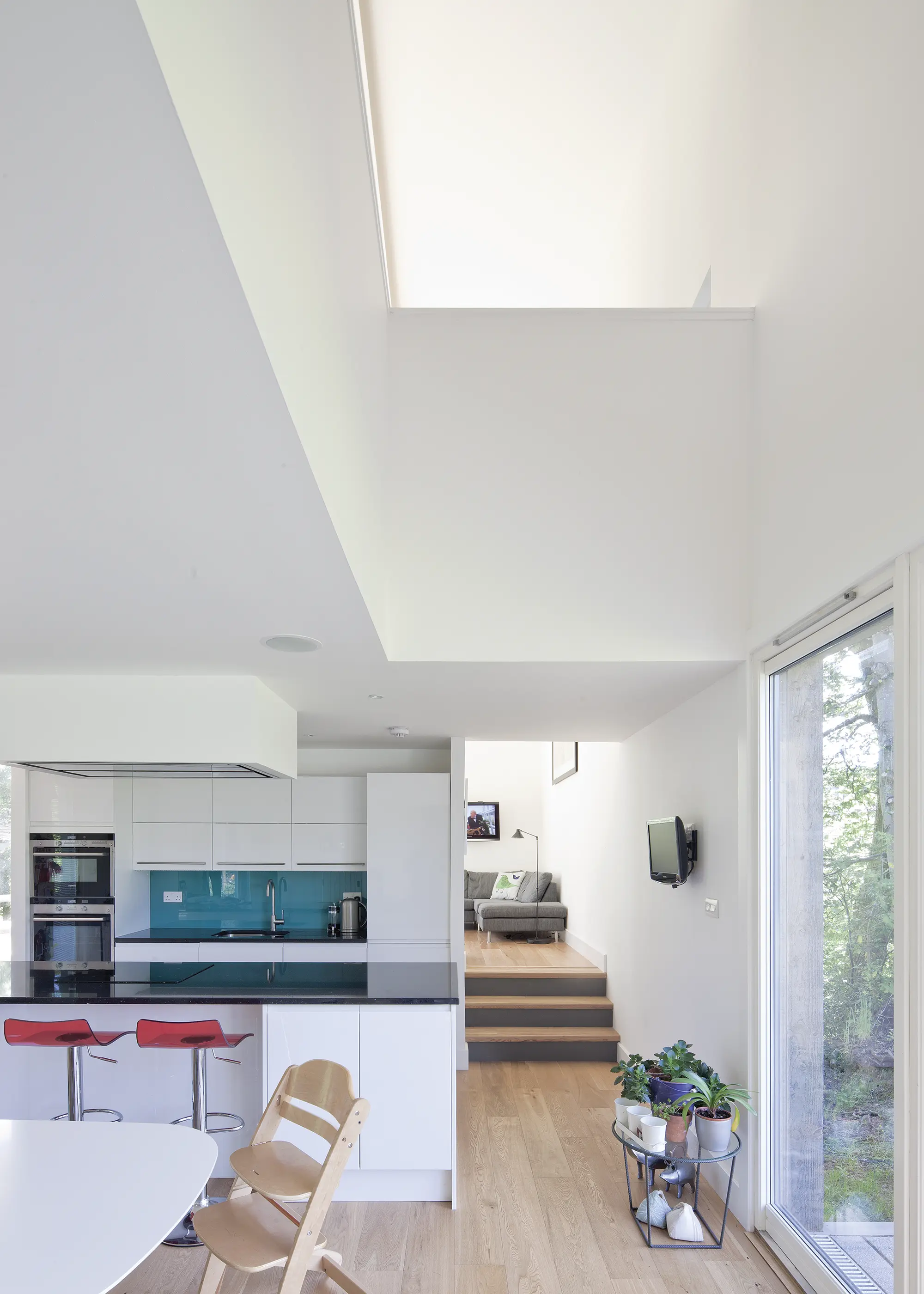
Minimal white kitchen units with black granite worktops echo the simplicity of the house’s architecture
Affordability has also been built into features including the roof, which appears to be a prefabricated standing-seam covering, but is in fact a SIP structure that’s covered with zinc and tilted to follow the step in the plan. The main windows in the cantilever feature self-cleaning glass with aluminium powder-coated finishes that require no painting maintenance. The cedar cladding, which has also been angled on the main facades to be square with the roofline, has been treated with weather and UV protecting Sikkens Cetol stain.
“Treating the timber this way means that the building will have a beautiful, finished appearance, as there will be no uneven weathering,” says Andrew. “The stain chosen is transparent to allow the grain of the wood to be seen, and the grey-blue shade not only combines well with the zinc roof and aluminium powder-coated windows but it blends well into the landscape.”

The glazed panel on the stairway was an idea that came relatively late in the project, and retains a sense of openness between the floors
The couple took on the painstaking task of staining all the timber cladding. “Between us we treated around 2.5km of timber,” says Alastair. “During construction we had a little production line inside the house and painted on two coats, then we applied the last coat by scaffolding after it was installed. As the house wasn’t watertight yet, we fought against damp conditions and ended up rigging up large drying racks for the cedar with a dehumidifier to speed up the process. It took around a month, but it felt like it was never ending.”
CLOSER LOOK Built-in energy efficient features“It’s possible to create a sustainable, low-maintenance house with low running costs without having to buy the latest renewable technologies,” says architect Graeme Andrew. “For example, the open plan layout is an economical solution, as the heat entering the house percolates through the whole building. And the living room faces south, so there’s a solar gain through the big windows.” As the property is on an east-west axis, and there are large trees around the site, installing solar panels didn’t make sense, although it was considered. The SIPs system forms a highly insulated shell that exceeds the current U-value requirements of the Building Regs. “We’ve also installed an efficient gas boiler with a weather compensation system whereby it kicks in according to external temperatures,” says Alistair. “There is underfloor heating throughout the ground floor beneath the engineered oak floors, with radiators upstairs.” |
All Hands on Deck
“Although Graeme took on the project management, we worked closely with him, and listened to his recommendations in terms of trade contacts and materials, many of which we ordered directly ourselves,” says Alastair. “We put our confidence in our builder John Miller to deliver the main building work contract as the company came highly recommended by Graeme. This was his first time creating a bespoke house, but we were not disappointed!”

Homeowner Alastair built the ‘floating’ bed himself; painting the wall behind it (which conceals an ensuite) the same colour has made it even more of a grand feature piece
The Pickards also got involved when it came to the interior finishes. “I built the desk and the shelves into a recess as well as the ‘floating’ bed in the master bedroom. I promised my wife years ago that I would do this, as my dad had constructed a bed in my parents’ house,” says Alistair. “I also installed a lot of the cabling. Having spent so much time around the project I know exactly how everything works now. That’s something you don’t get a sense of if you’re just moving into a completed house.”
Although affordability was central to the design, that’s not to say that all the interior details are modest. Drama has been added via the impressively large single glass panel balustrade to the main staircase. “We didn’t plan the design until quite late into the process. We ended up having to hire in a small specialist crane to lift it in from the upper level,” explains Alastair. “Until it arrived we weren’t convinced it would be able to manoeuvre round the corners and in to position.”
This feature is a clever device that not only brings more natural light to the main entrance and circulation area, but it also helps create a more open and expansive sense of space. “Although none of the rooms are particularly large, the house feels much bigger with the double-height zones and the light coming into the building from so many angles,” explains Alastair.
Indeed, all this – including the fact that the project has come in £500 under budget – has made The Watershed quite a cause for celebration for the Pickards. “I enjoyed being on top of the finances and it was a fun process,” says Alastair. “I don’t want to move house –but I would self build again in a flash.”
WE LEARNED…
|



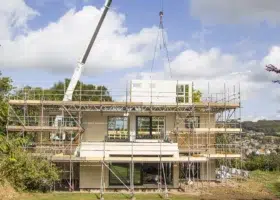
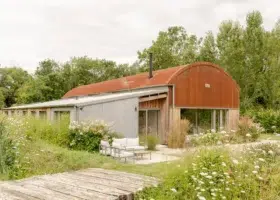
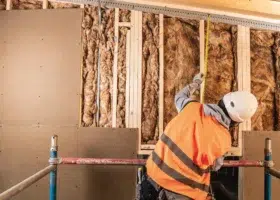
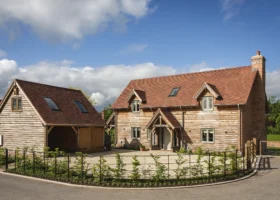
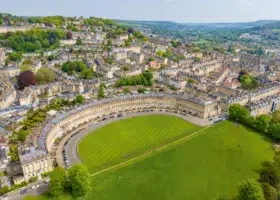

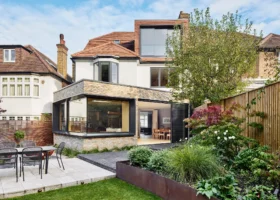
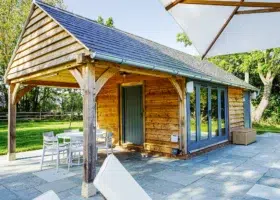
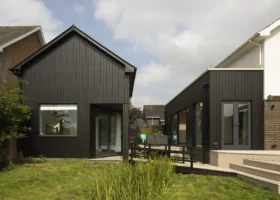
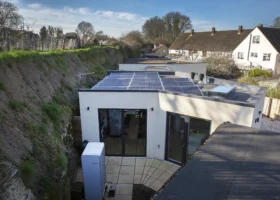




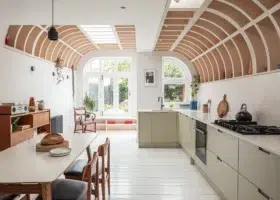
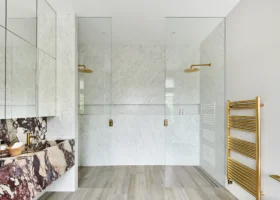
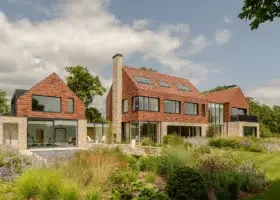
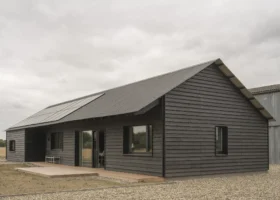
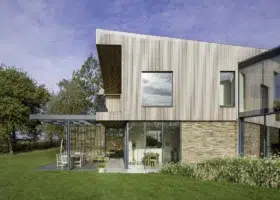
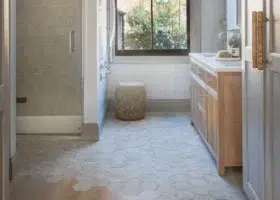

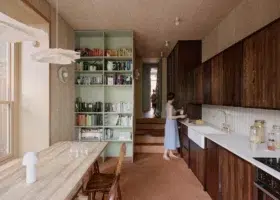









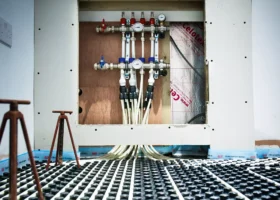


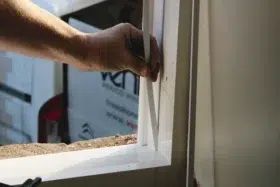

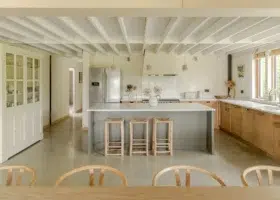



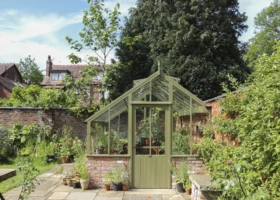


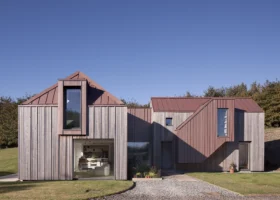
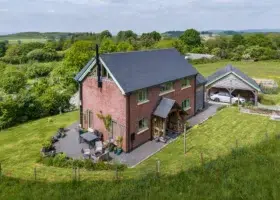
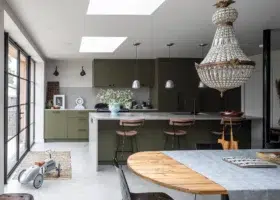
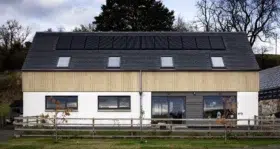


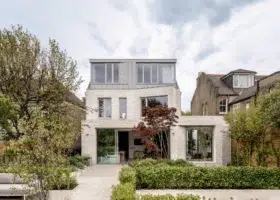
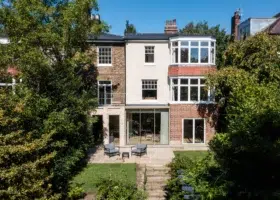
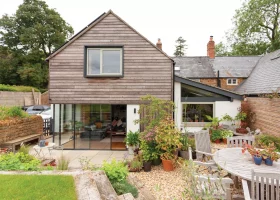





















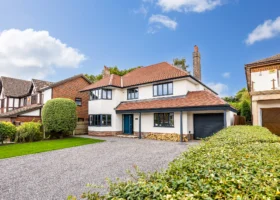
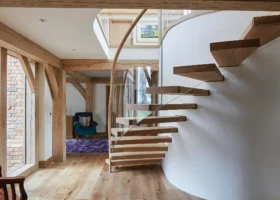




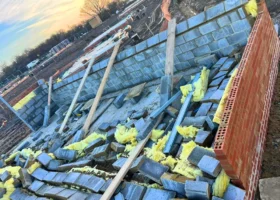








 Login/register to save Article for later
Login/register to save Article for later
